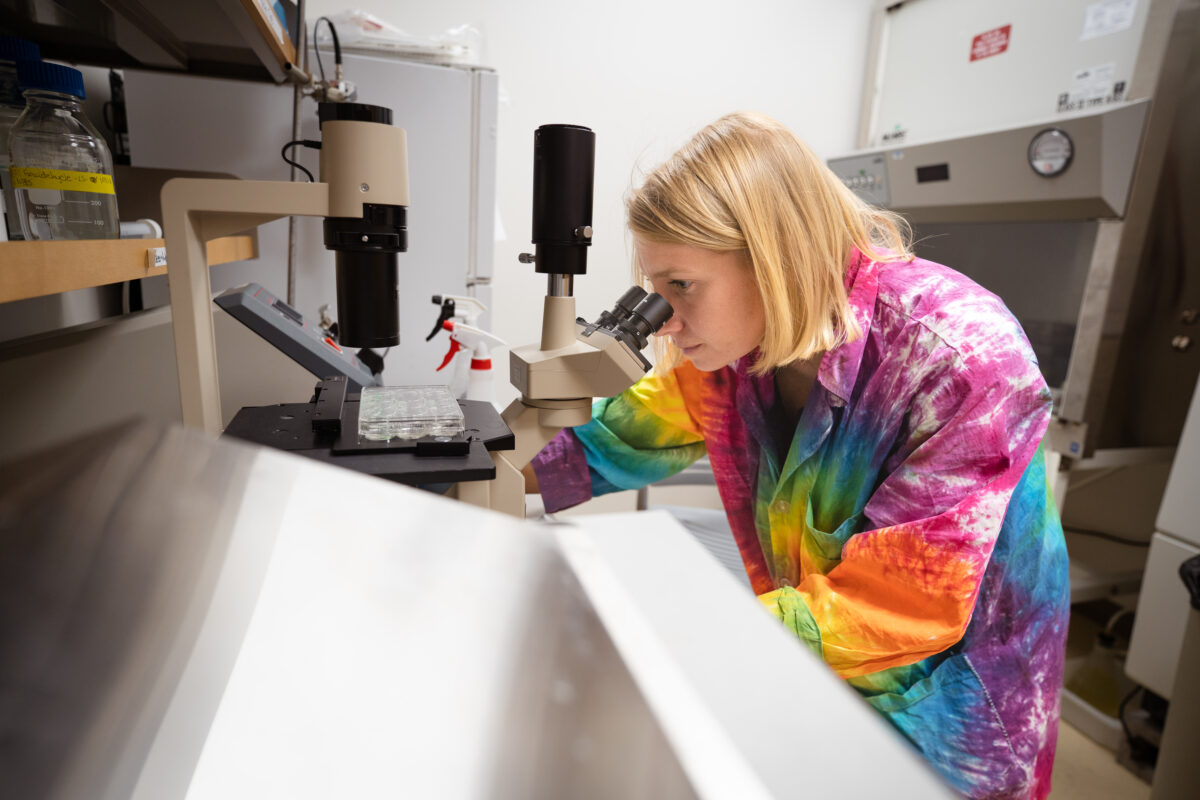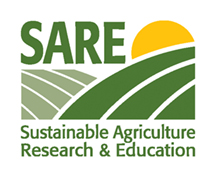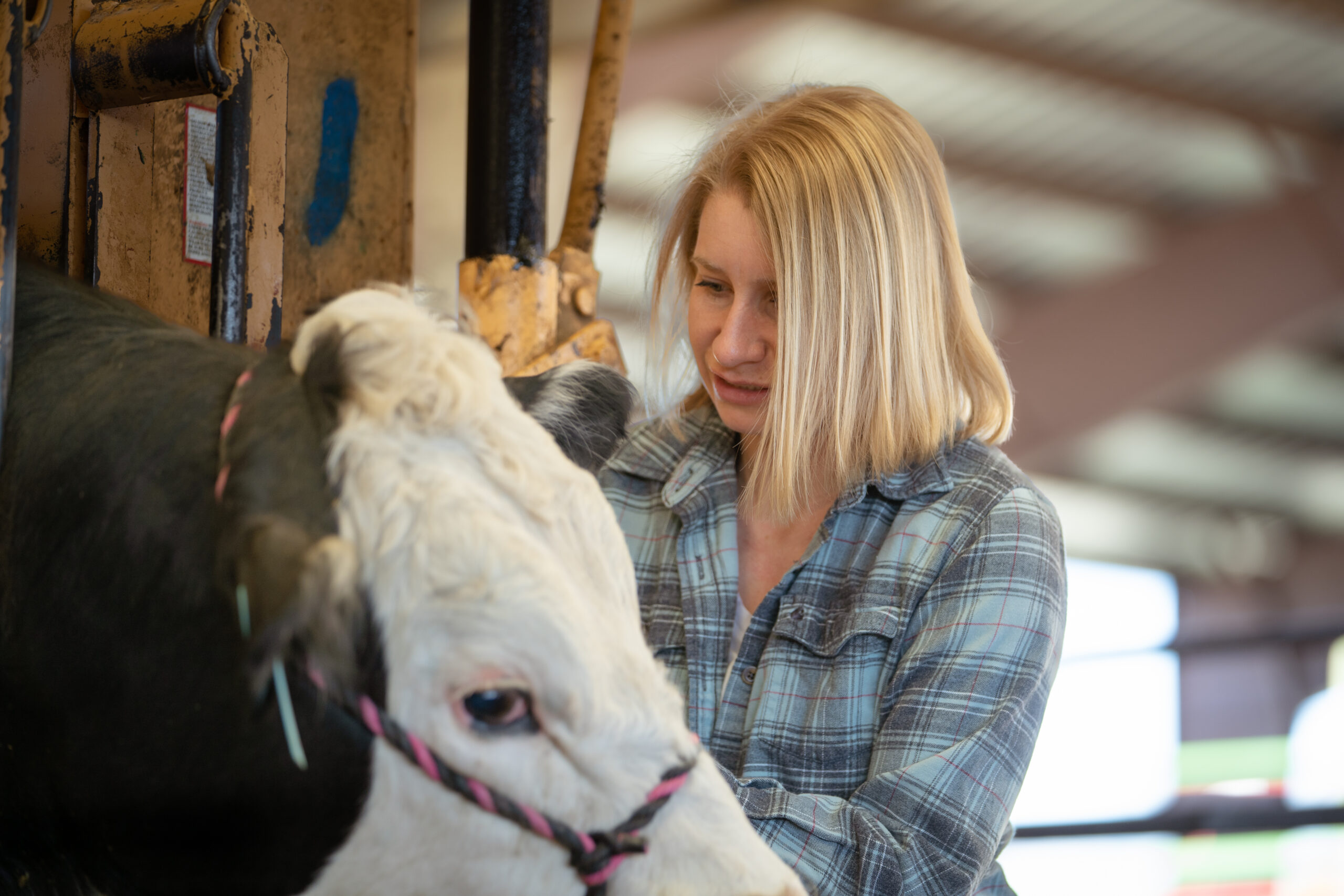
Lowest-cost mineral treatment increases producer profit by three percent and proves best for cattle health.
Sometimes investing just a little bit to figure out the mineral status of your herd—if it comes back that you don’t need to supplement minerals then great, but it might come back that you do. Oftentimes the cost of minerals is cheaper than whatever potential train wreck you’re headed for. A big death loss, that’s huge.”
—Dr. Kara Thornton-Kurth, Research and Education Grantee
Knowledge is Power
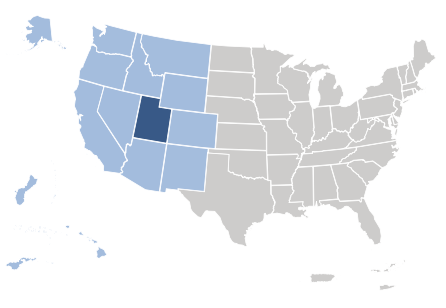
Region: Western
State: Utah
Grant Type: Research and Education
Grant: SW18-058
SARE POST-PROJECT EVALUATION IMPACT MODEL
This evaluation impact model is specific to this SARE-funded project.
Sustainability Impacts
The project grantees and stakeholders contributed to the following sustainability impacts:
- Environmental sustainability impacts
- Economic sustainability impacts
- Production efficiency impacts
Grantee Indicators
(University Researcher, Professor)
Project grantees (defined above) achieved sustainability impacts by engaging with the following indicators through involvement with project activities:
- Increased knowledge/skills
- Increased capacity/motivation
- Increased engagement
- Career growth
Stakeholder Indicators
(Graduate Students, Producers)
Project stakeholders (defined above) achieved sustainability impacts by engaging with the following indicators through involvement with project activities:
- Increased knowledge/skills
- Increased capacity/motivation
- Increased engagement
- Practice change
- Career growth
The Success Story
Among Western US beef producers, climate change and drought conditions are serious challenges that negatively impact animal wellbeing and economic viability. As arid rangelands become even drier, trace minerals key for cattle immune function also become scarcer in natural forage. Copper, zinc, manganese, and selenium deficiencies are causing sharp increases in cattle morbidity and mortality. To prevent illness, producers prophylactically administer costly multi-mineral injections and antibiotics, driving up costs and contributing to antibiotic resistance in the industry. At the Utah State University Animal Science Farm, Dr. Thornton-Kurth’s producer- driven research clarified best practices for mineral-deficient cattle. By filling a critical knowledge gap, her study provides dual benefits—enabling producers to raise healthier cattle while improving their bottom lines.
Farmer-Driven Research
—Dr. Kara Thorton-Kurth, Research and Education GranteeDroughts in California alter the amount of minerals the soil gets over time, which then impacts the mineral content in the feed. A couple of producers had gotten calves from these areas that were mineral deficient. These are good producers with pretty standard protocols. They did everything they normally do but some of them had up to 50% death loss...The producers reached out and wanted to know what they could have done differently to change this in the future. After looking through the literature, I had no answers – which is what prompted this producer driven research question. The big takeaway from our research is that even in really mineral- deficient cattle, the injectable is way too much mineral for the animals. We actually see a decrease in performance.”
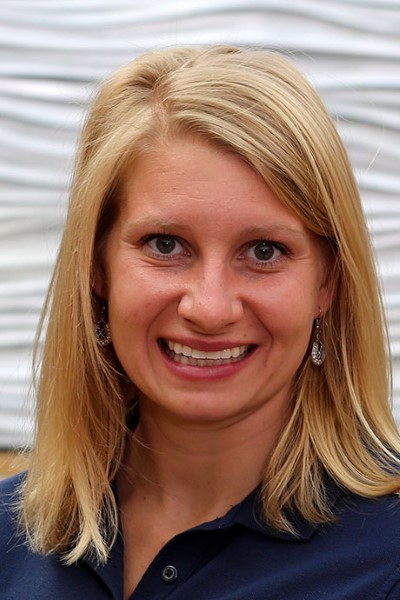
Grantee (Researcher) Highlights
Dr. Thornton-Kurth established a strong relationship with the Utah State University Department of Applied Economics, and now they conduct economic impact analyses on all of her research trial data. Building on this partnership, Dr. Thornton-Kurth is currently implementing another SARE Research and Education grant that explores the economic viability of hydroponically grown barley fodder for beef cattle rations.
Other Stakeholder (Producers, Graduate Students) Highlights
Cattle producers are often unaware that university researchers are a resource they can tap to answer questions about their production operations. This project contributed to changing local producers’ mindsets about partnering on research projects. Dr. Thornton-Kurth and members of her research team have presented in a variety of settings where the results have been well received. Graduate students also contributed to the study, gaining experience employing research methods, publishing, and presenting results.
Economic Sustainability is a Moving Target
The hardest thing is that prices fluctuate for live and harvested cattle. Feed prices fluctuate; currently forage prices are really low in this area, but grain is really high. However, all of this may change in the next year. You have to weigh all those different things, so sometimes you can skip giving minerals at certain points, but a lot of the nutrition talk that I do with producers is about looking at the resources they have. Is it cheaper to feed more hay and maybe have to feed them for longer than feeding grain because grain prices are higher? In some years the profit margins are better and in others it’s a little bit tighter. It honestly all depends on prices and the weather.”
—Dr. Kara Thornton-Kurth, Research and Education Grantee
Sustainability Impacts
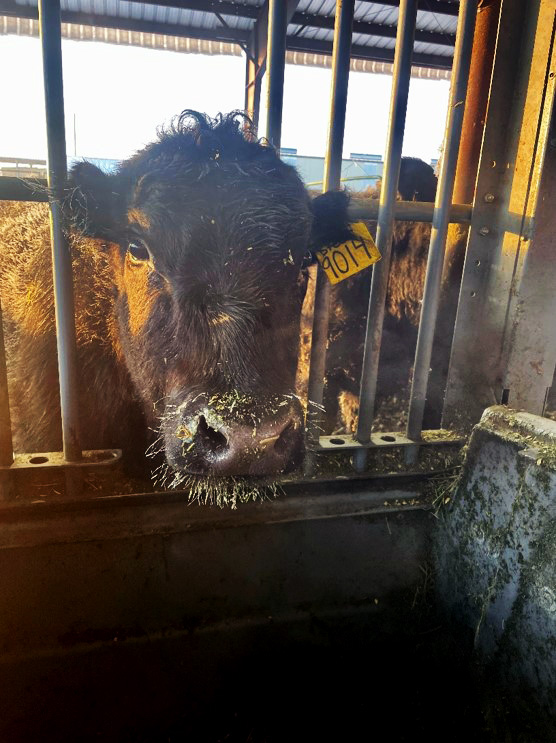
Many cattle producers in the West deliver injectable minerals without testing cattle to assess if the supplements are needed. Giving mineral feed prophylactically is a safer, more effective, and less costly alternative. In a challenging production landscape subject to fluctuating environmental and economic factors, Dr. Thornton- Kurth’s research is informing producer practice changes that improve the production efficiency and economic sustainability of cattle enterprises. The results also address the cattle industry’s growing antibiotic resistance issues. By supporting producers’ efforts to get back to the basics of good production, they will not need to rely so heavily on antibiotics that have become less accessible due to tighter regulation. In addition to saving on antibiotics costs, healthier animals require less veterinary care overall, further improving profitability.
Barriers
The steps to translate and deliver research findings to producers are time consuming. A year after study completion, Dr. Thornton-Kurth and her colleagues were still drafting a series of papers and working to move them through the peer review process. Translation into producer-friendly fact sheets will follow.
Sharing Results Takes Time
We haven’t yet published our findings in scientific journals. The first paper has been through several rounds of revisions, and my current PhD student is finishing up the other two. Once those are published, I’m planning to work with county extension agents who have been involved in the research. They will turn that data into several different fact sheets that will be more digestible for producers."
—Dr. Kara Thorton-Kurth, Research and Education
Contributors
SARE helps researchers without extension appointments to stay connected to farmers’ needs. Dr. Thornton-Kurth emphasized that producer-driven research is more fun, especially because SARE encourages outreach to spread the word about findings.
My primary role is in research and my minor role is in teaching. I don’t have an extension piece of my work. I joke that they don’t let me out with the producers very often. But when you’re working in research, you can sometimes get these blinders. I want to figure out why things are doing what they’re doing, and I get really excited about cellular mechanisms. Working with producers, especially on projects funded by agencies like Western SARE, reminds me to step back and look at the big picture. I think about why I’m doing what I’m doing. ... We have projects that are designed to immediately answer producers’ questions.”
—Dr. Kara Thorton-Kurth, SARE Research and Education Grantee
Researchers Gain Perspectives By Partnering With Producers
